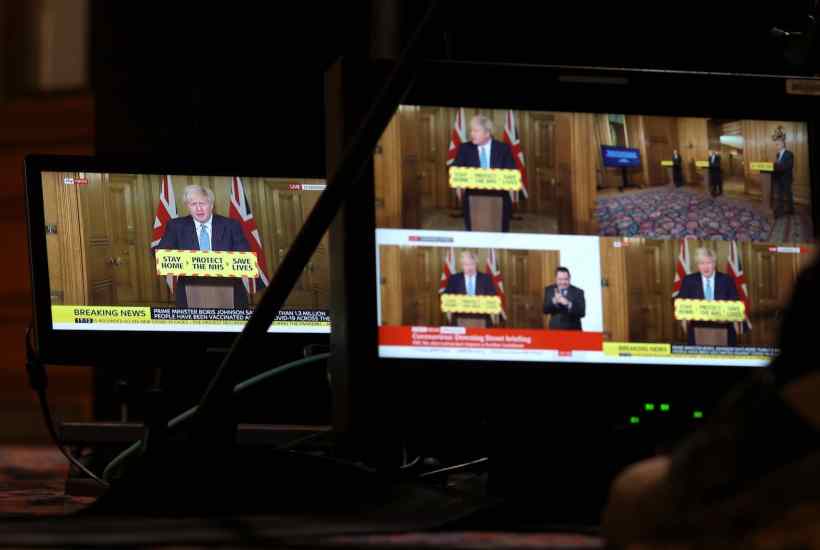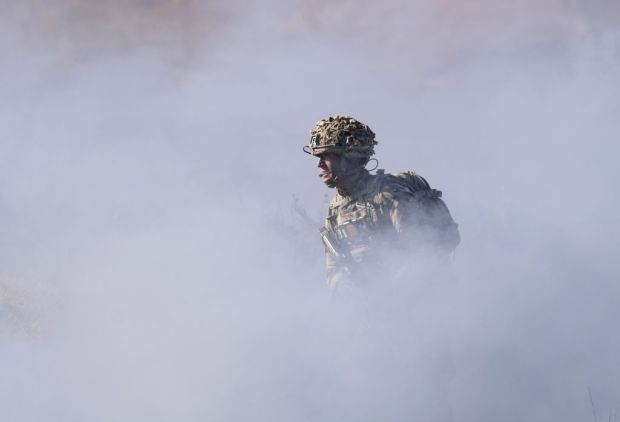In late November, scientists in South Africa and Botswana identified a new variant of the virus that causes Covid. This variant — later named Omicron — was spreading rapidly throughout South Africa, particularly in Gauteng, its most populous province. As well as reporting these concerning epidemiological facts, South African scientists worked quickly to identify Omicron’s genetic sequence and to alert the world with further bad news: Omicron has a large number of mutations in the region of the virus that our immune system recognises after we are vaccinated. In other words, it would be harder for antibodies to latch onto the new variant and destroy it. The final key piece of information from South Africa is that given the extremely severe Covid epidemic they have experienced, it is reasonable to assume almost everyone in Gauteng should have already been immune as a result of either infection or vaccination.
Put together, these three pieces of information suggested the extremely troubling possibility that Omicron might have an inherent transmission advantage compared to the previously dominant Delta strain; it might also be better at evading immunity, infecting even people who are protected from other Covid strains because they had been vaccinated or previously infected. This could potentially create major problems in the UK, where we are to a large extent relying on immunity — again, either through vaccination or prior infection — to manage the pandemic after relaxation of lockdown measures over the summer.
Helped by the quick work of South African scientists, Covid modelling groups across the UK were been able to quickly begin analysing what Omicron would do once it reached the UK. One question was particularly difficult to answer: how severe is Omicron? The speed of its spread had been so dramatic that no one had access to detailed hospitalisation and death data required to answer this question adequately.
There were encouraging reports from South African hospitals suggesting that patients who were admitted with Omicron stayed in hospital for shorter spells and required oxygen less often than people admitted with Delta. Many of these patients, however, had previously been infected, making it hard to assess severity in first infections. To work out the true severity of Omicron compared to Delta, it would require making a comparison between these strains in patients who had no immunity at all, i.e. patients who had never been vaccinated or infected before, who were not present in sufficient numbers to do this. Also, to be useful to UK policy, these data also needed to be interpreted in the context of the UK’s older population and different past infection and vaccination history, compared to South Africa’s.
Because of all this uncertainty, modelling groups around the country generated a wide range of scenarios representing different possibilities about how easily Omicron was transmitted, how successful it was at evading our immune systems, and how severe it was, based on the best (if limited) information available at the time. Some groups did include scenarios where Omicron was less severe than Delta. Different groups made different choices of scenarios. It was impossible to tell which of these scenarios was more or less likely, but all of them projected that there would be an incoming wave of Omicron-driven cases, hospital admissions and deaths. The size of the wave ranged from being smaller than the Alpha wave we saw last winter, to being many times larger. When presenting these results to government, the modelling teams worked to ensure that best and worst-case scenarios (and all those in between) were communicated, in addition to the underlying uncertainty in these forecasts, so that policymakers had the necessary epidemiological evidence to make appropriate decisions.
This reflects the general picture of how Covid modelling has worked in the UK throughout the pandemic. There are many things we don’t know about Omicron — unsurprisingly, as it was only identified a few weeks ago. But the models show us the range of possible outcomes we might expect given this uncertainty. And we’re fortunate that we have many universities and institutions across the country with modelling groups, so we can compare the models and get an even better idea of the range of outcomes that are possible. Often the ‘worst-case scenario’ gets the most attention, but this is only one of the many possible futures that were being considered independently by the research groups involved in Sage. And the government will always consider other factors we don’t model before it makes a final decision, such as the impact of restrictions on the economy and on people’s lives.
As we get more information about Omicron, it should be possible to narrow this range of uncertainty — particularly in terms of severity. But in a fast-moving situation, policymakers prefer results now — with all the uncertainties — than to wait weeks for more precise results when the time for actions may have passed.
This article was written jointly by the following members of the SPI-M modelling subcommittee of Sage. They are writing in a personal capacity:
Professor Graham Medley, professor of infectious disease modelling, the London School of Hygiene & Tropical Medicine.
Dr Ellen Brooks Pollock, senior lecturer in infectious disease modelling, University of Bristol.
Dr Marc Baguelin, lecturer at Imperial College London, and associate professor at the London School of Hygiene & Tropical Medicine.
Professor Thomas House, professor of mathematical sciences, University of Manchester.
Professor Mike Tildesley, professor of infectious disease modelling, University of Warwick.
Professor Rowland Kao, the Sir Timothy O’Shea professor of Veterinary Epidemiology and Data Science, University of Edinburgh.
Got something to add? Join the discussion and comment below.
Get 10 issues for just $10
Subscribe to The Spectator Australia today for the next 10 magazine issues, plus full online access, for just $10.



















Comments
Don't miss out
Join the conversation with other Spectator Australia readers. Subscribe to leave a comment.
SUBSCRIBEAlready a subscriber? Log in